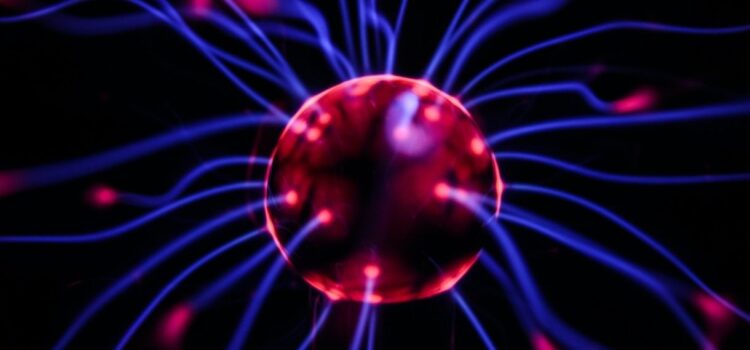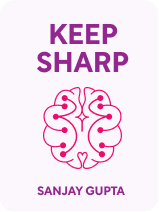

This article is an excerpt from the Shortform book guide to "Keep Sharp" by Sanjay Gupta. Shortform has the world's best summaries and analyses of books you should be reading.
Like this article? Sign up for a free trial here .
What exactly is neuroplasticity? Is the brain’s capacity for learning a prerogative of youth?
Your brain has an incredible capacity to change and adapt in response to your life’s experiences. Scientists refer to this as “neuroplasticity.” The great thing about the brain’s neuroplasticity is that it continues throughout life. This means that, no matter how old you are, you retain the ability to learn.
Keep reading to learn about the concept of neuroplasticity and why you can actually teach old dogs new tricks.
Neuroplasticity
Neuroplasticity is the brain’s ability to grow and reorganize its neural networks through learning, experience, or response to injury. According to Gupta, the plasticity of our brains may allow us to fight off cognitive decline. When you experience something new, your brain reshapes itself to integrate this new information. It does this by creating new dendrites. Dendrites are the parts of a neuron (brain cell) that receive electrical signals from another neuron. The brain’s ability to create new dendrites is what is known as plasticity. Importantly, this ability remains with us throughout our lives. No matter how old you are, you can take steps to strengthen and preserve your brain.
The brain is constantly shaping and reorganizing itself in response to the stimuli it receives, says Gupta. Because of this, what you choose to focus on shapes the brain’s circuitry. For example, if you learn a song on the guitar, you form new connections between your neurons. If you keep practicing, these connections will strengthen until eventually you can play the song easily from memory. If you stop practicing, these connections will weaken rather quickly while new ones form or others strengthen. This information is key because it suggests that we may be able to slow down, reverse, or even stop degenerative brain diseases by strengthening our neural connections.
Neuroplasticity Further Explained
Gupta argues that there are many things we can do to strengthen and preserve our brains. Neuroplasticity is at the center of this argument, and recent research supports Gupta’s claim as our understanding of the brain’s adaptability has grown immensely in the past few decades. Research from 2006 shows that the brain evolves more rapidly than previously thought: The process of creating and reconfiguring neural networks can occur in the span of just a few hours. Experts can use this information to find ways to work around certain neural pathologies.
Another significant aspect of neuroplasticity Gupta points out is the way it can be used to build stronger memories and skills simply by focusing our attention. The concept of neuroplasticity suggests it is not our genetics but rather our choices that dictate our intelligence levels. Furthermore, there is no known limit to the strength or number of our neural connections. The knowledge of our seemingly unlimited capacity to learn and grow can not only help scientists make medical breakthroughs, but it can also empower people to take control of their brains and thus their lives.

———End of Preview———
Like what you just read? Read the rest of the world's best book summary and analysis of Sanjay Gupta's "Keep Sharp" at Shortform .
Here's what you'll find in our full Keep Sharp summary :
- The steps you can take to prevent cognitive decline such as Alzheimer’s
- How to keep your brain strong and resilient throughout your life
- Foods to eat and avoid to maintain brain health






